Viagem Brazil: Experiencing the World Cup from the other side of the divide
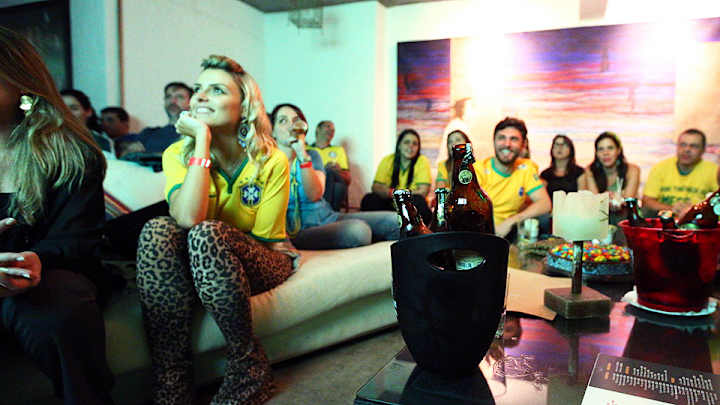

SAO PAULO – Late Monday, on the rooftop at the swanky restaurant Che Barbaro, champagne sits on ice. Palm trees sway near the entrance. Candles light the tables.
Women wear high heels and low-cut blouses and carry iPhones and Chanel purses. They reapply lipstick every few minutes, in between cheers. Men sport Jordan sneakers and Tag watches and designer jeans. They love the bro-hug, love the bullhorn. They are loud. So many sunglasses rest on the tables it seems like they’re having a sale, but really, obviously, it’s just dark.
It’s Monday. Brazil is deep into the second half of it’s final group stage World Cup contest, and after months of protests and outrage, especially here in Sao Paulo, it can be tempting to think of the host country as a place of favelas and poverty and widespread unrest. But not here. And definitely not in this neighborhood on Monday night.
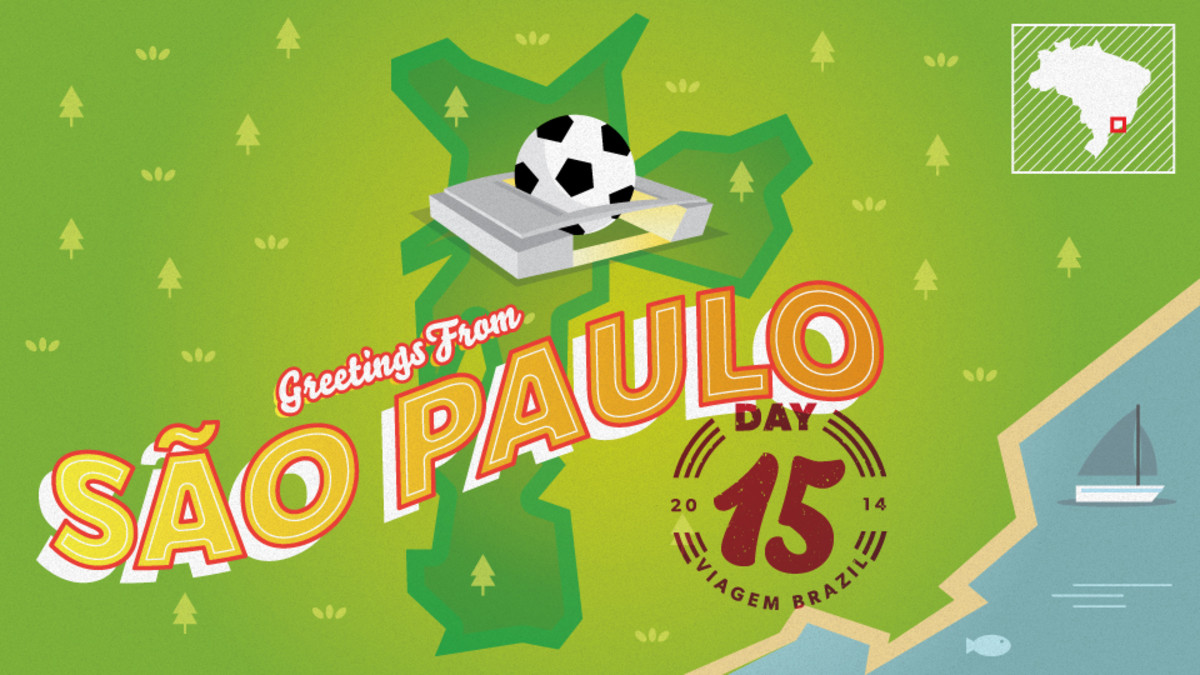
If Brazil is a country noted for its disparity, notable for the gulf between the rich and the poor, the focus tens to linger on the poorer side of the divide. The other half will say they hope the World Cup improves the lives of the less fortunate, makes better roads and hospitals and schools. But they live – and party – and watch soccer – in a different world so close to the other one.
The revelry started in the afternoon, in the neighborhood of Vila Madalena, on streets filled with art galleries and gastropubs, a neighborhood closer to Williamsburg, Brooklyn, than the Brazil in the brochures.
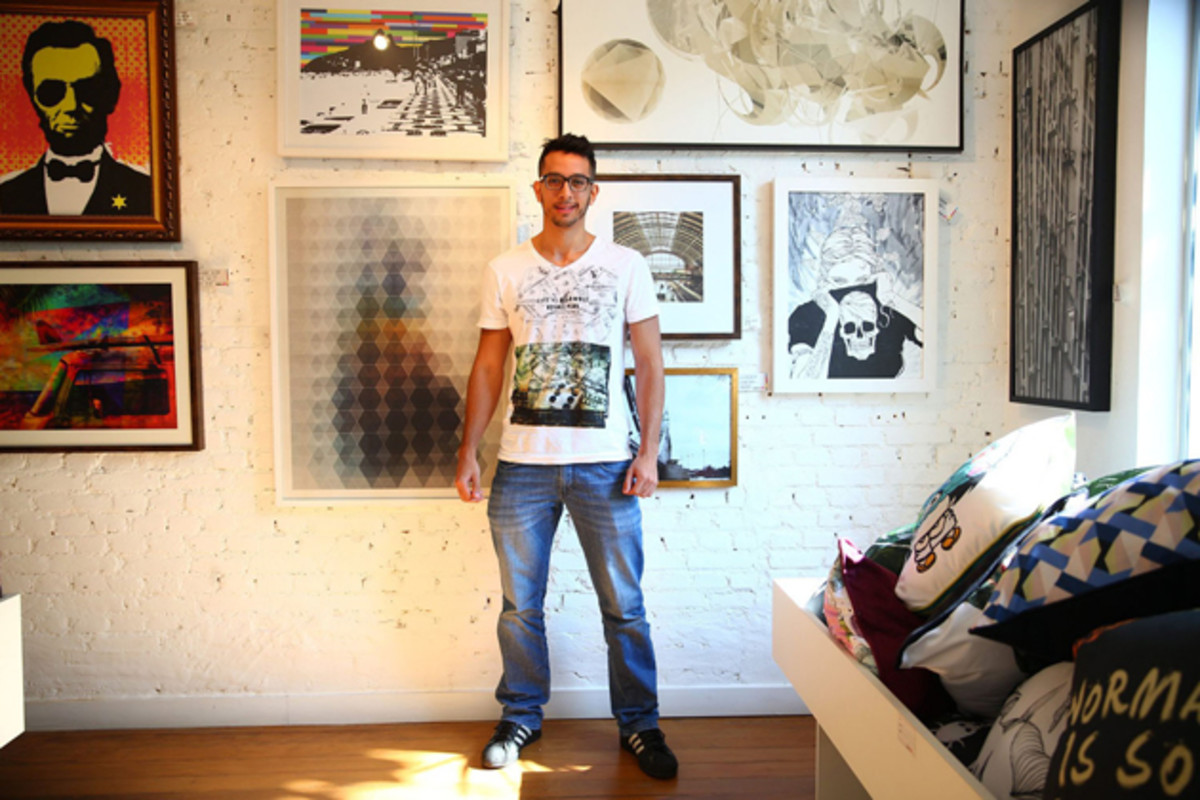
Tiago Aramayo was closing the Urban Arts gallery at 1 p.m., as the streets outside began to fill. Officials were scheduled to close them momentarily. Meanwhile, Aramayo sold paintings of a tattooed Mona Lisa, Abraham Lincoln with sunglasses and pillows that read, “Normal is so boring.” A Range Rover sat parked out front.
“At first, I was a bit scared,” Aramayo said of the World Cup. I was thinking people might paint an ugly face of Brazil. But once the ball gets rolling, everyone gets united and supports Brazil forever.”
Planet Futbol Unfiltered: Sights and sounds from Brazil's World Cup scene
Here, away from the favelas, as patrons snacked on brunch and downed microbrews, it sure seemed that way. Fabio Diniz stood outside his bar, Rock N Cycles, which sat underneath his custom motorcycle shop. He wore a gray sweater and a white V-neck and just enough chest hair so as to seem hip. He could have passed for a model.
He wanted to embrace the World Cup. He had been. He took us upstairs, into the motorcycle shop, the space filled with custom art and drums and several guitars and Harley Davidsons that date back to 1938. This was not the side of Brazil that comes up in the protests. This was the side of Brazil complete with flat-screen televisions, leather couches and pool tables. “I fear that Brazil will win the World Cup,” Diniz said. “If that happens, nothing will change.”
“I know people,” he continued, “that hope that Brazil will lose. If they win, everyone will forget everything that happened beforehand.”
The game drew closer. Brazilians, many clad in those ever-present No. 10 Neymar jerseys, snacked on salmon and huevos rancheros. They sipped white wine on ice. Women walked the streets in bedazzled green-and-yellow tank tops, or sipped champagne under Veuve Clicquot umbrellas. Men wore suit jackets, their hair clicked back. Condominiums towered in the background, dominating the skyline.
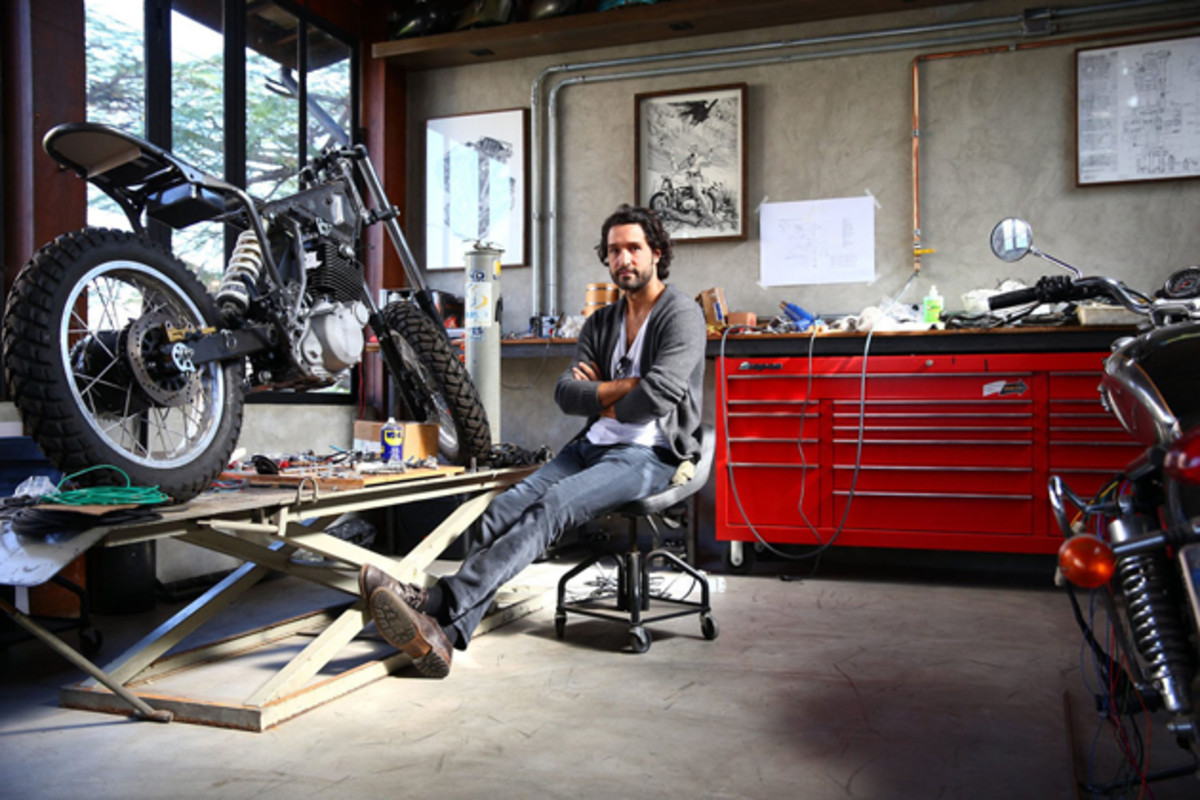
Everyone was celebrating, everyone in yellow – yellow shirts, yellow sneakers, yellow sunglasses; yellow high heels, handkerchiefs, and whistles; yellow bullhorns and yellow Mohawks and yellow sombreros and yellow signs. Everyone selling, dancing, drinking, consuming, strutting, smoking, snapping pictures. No protests. No conscience. Just Brazilians, enjoying Brazil, enjoying soccer.
The streets were so packed the faithful could hardly move. It felt like Carnival, or what Carnival is said to feel like. Money was no object. A woman held up a beer can and a middle finger and some bills for a picture. Three men in the background cheered here on.
Greetings From Brazil: A Travel Guide to the Other Side of the World Cup
Roberta Goulart, and her brother, Carlos Eduardo, settled inside a bar, Arena Carrera, made just for the World Cup. It featured a massive projection television that ran the length of the wall, stadium seating, walls painted red, a sunglasses store and so many Brazil fans that every inch of available space was filled.
Those fans cheered the goal Brazil scored, jeered the one it allowed and stomped and screamed at each shot that went near the net. Goulart seemed particularly concerned about the goalkeeper – “when the ball goes near him, we get scared,” she said – and the locals seemed to think that Brazil, while it advanced to the knockout round, had not yet looked all that impressive.
That was how it went. The locals lamented. And then they did the wave.
As the second half continued, those who filled Che Barbaro tried to banish such concerns. They ordered more drinks, cheered louder, as Brazil took a commanding 4-1 lead. Here, no one mentioned the protests or what kind of impact the World Cup might have in the long term. Here, they just celebrated soccer and the World Cup and all the possibility that remained.
This is the fifteenth piece in a series throughout the opening weeks of the World Cup in which SI senior writer Greg Bishop and photographer Simon Bruty chronicle their travel to offer a taste of the cultural side of Brazil.
Bishop Day 15
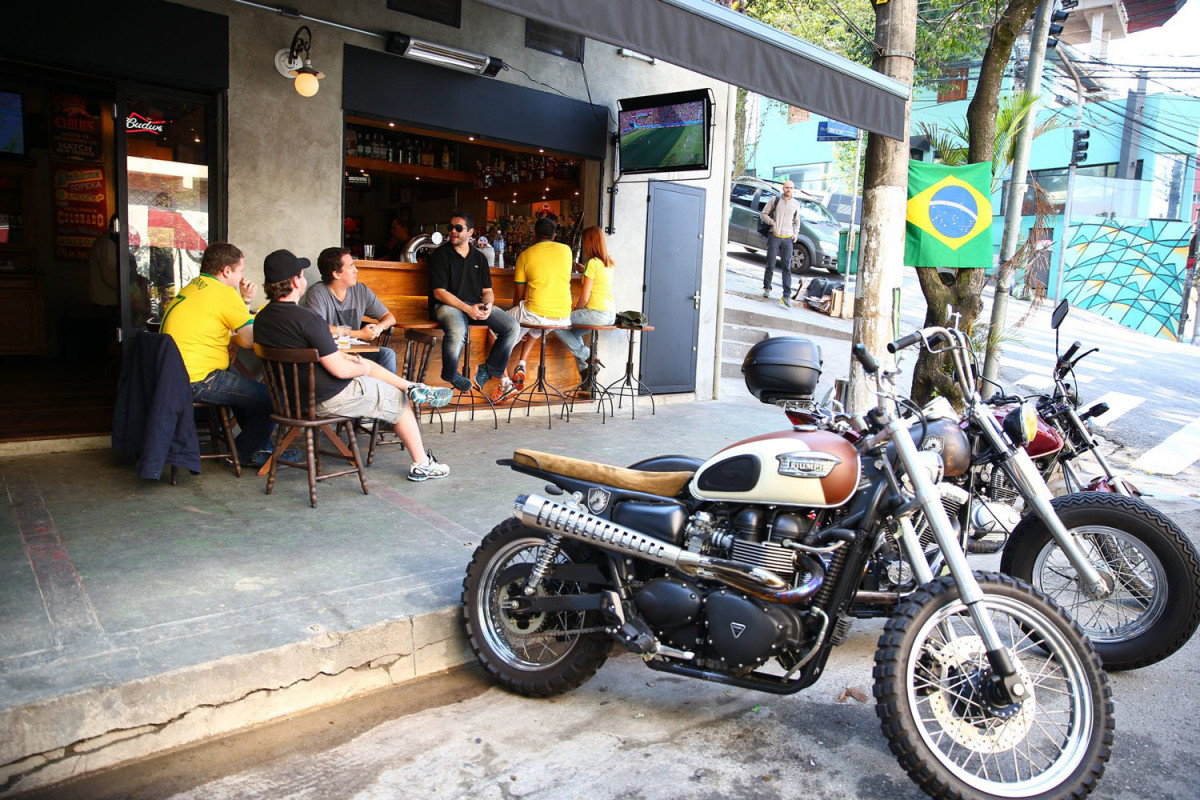
Viagem Brazil: Greg Bishop and Simon Bruty's Travel Guide to the Other Side of the World Cup. (Photos by Simon Bruty/SI)
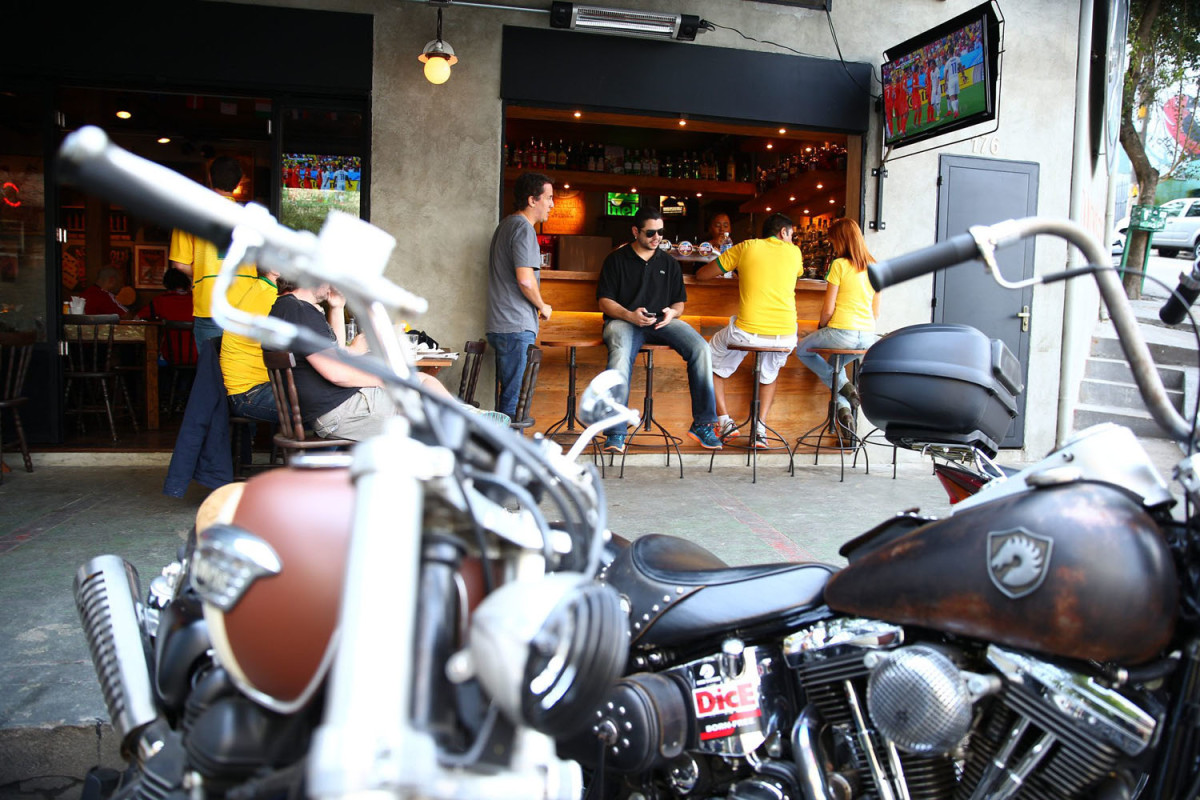
Viagem Brazil: Greg Bishop and Simon Bruty's Travel Guide to the Other Side of the World Cup. (Photos by Simon Bruty/SI)
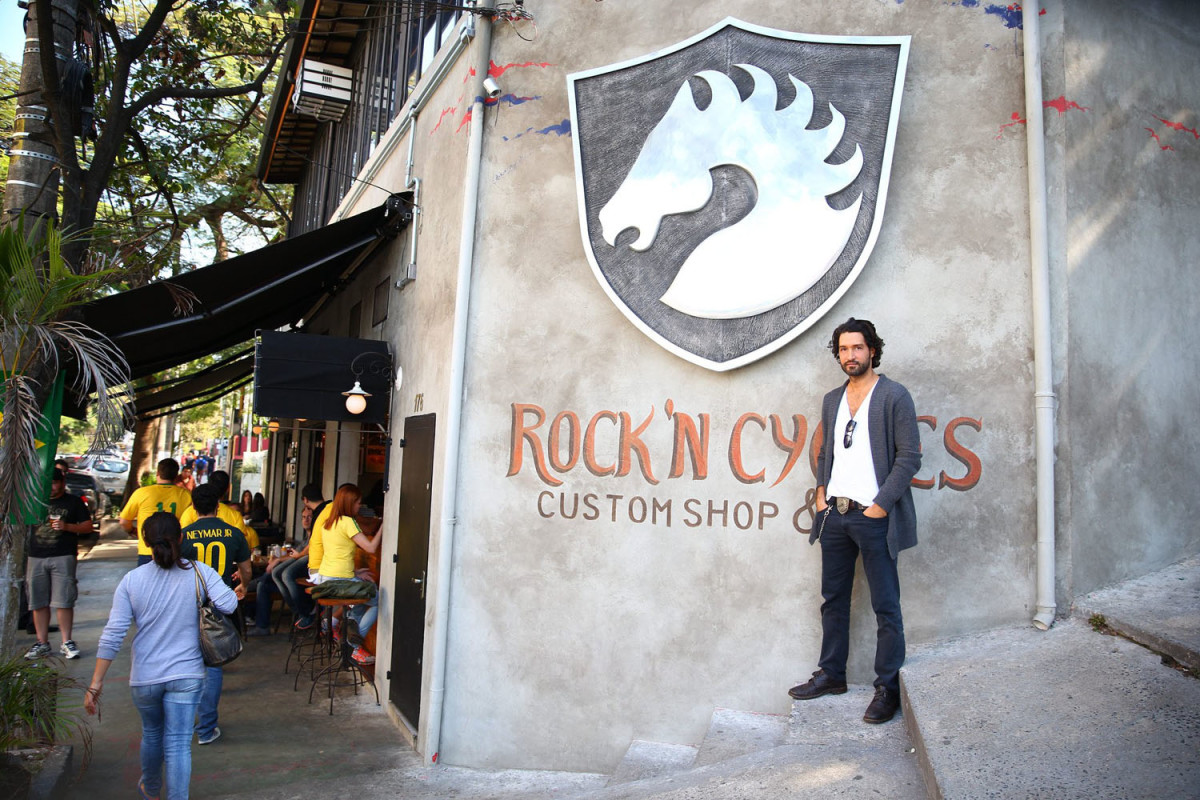
Viagem Brazil: Greg Bishop and Simon Bruty's Travel Guide to the Other Side of the World Cup. (Photos by Simon Bruty/SI)
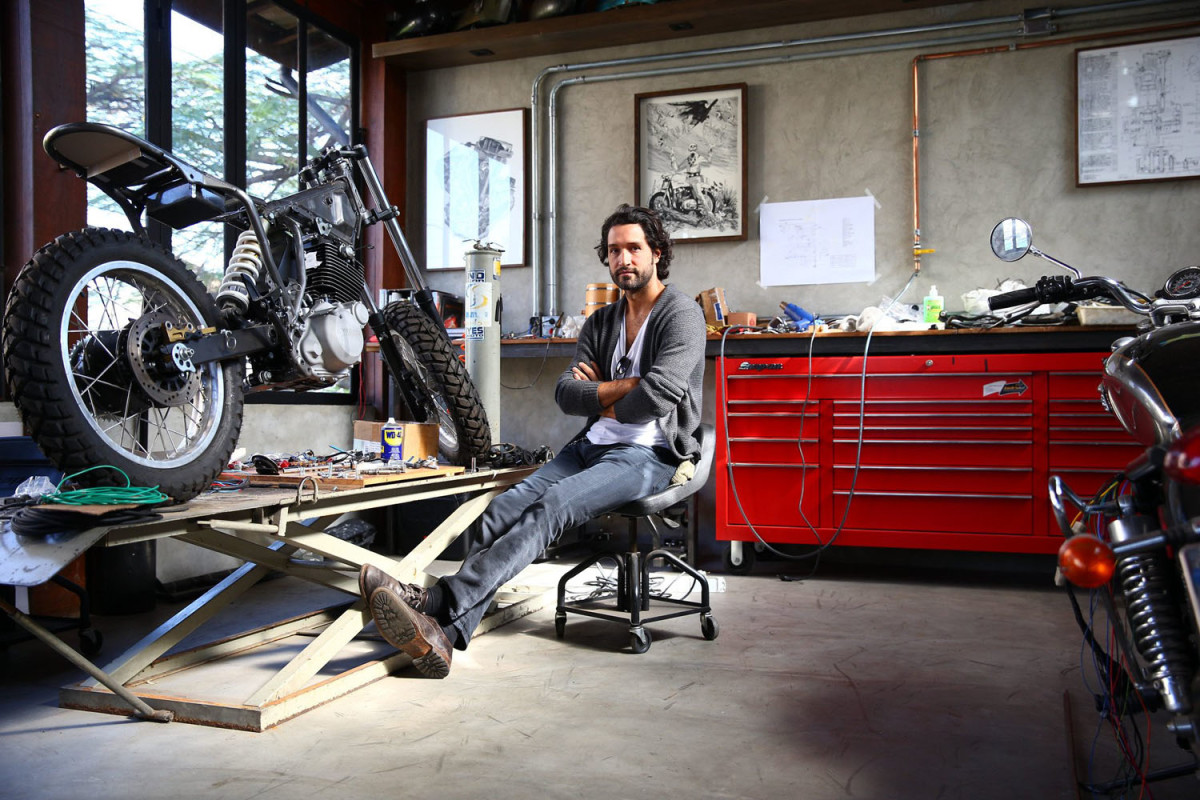
Viagem Brazil: Greg Bishop and Simon Bruty's Travel Guide to the Other Side of the World Cup. (Photos by Simon Bruty/SI)
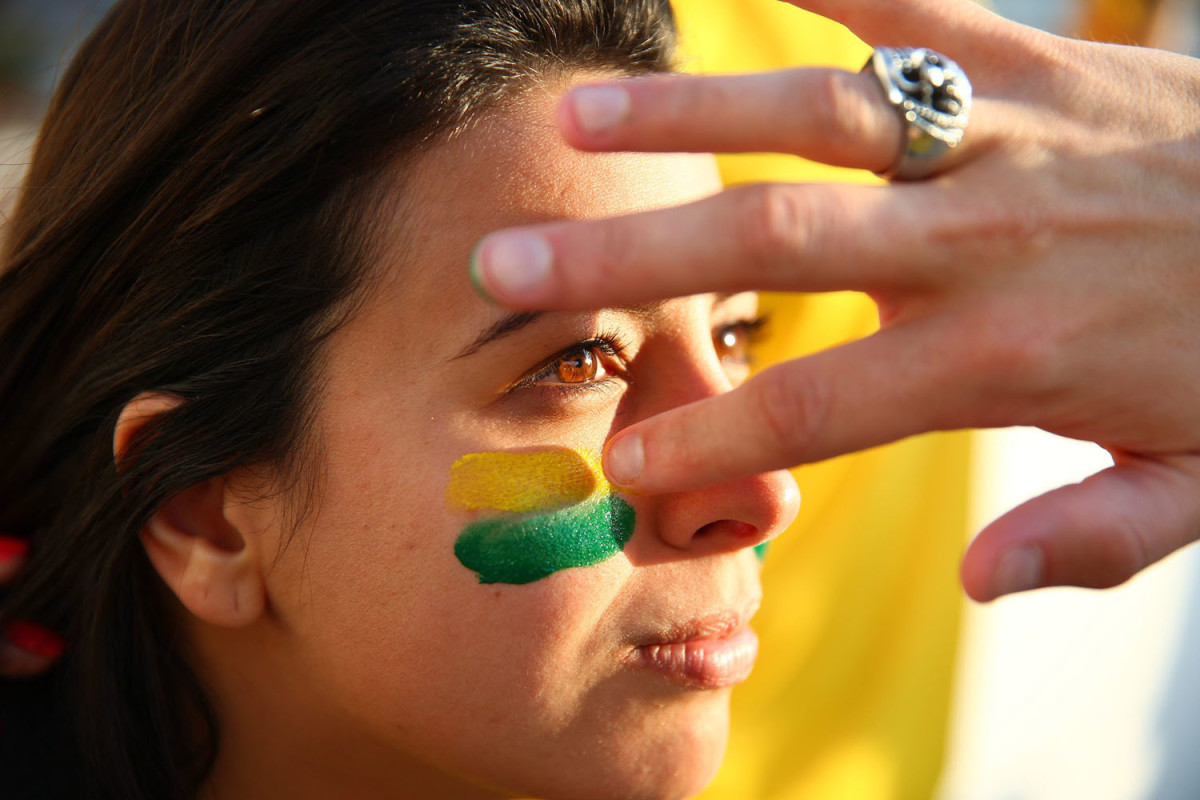
Viagem Brazil: Greg Bishop and Simon Bruty's Travel Guide to the Other Side of the World Cup. (Photos by Simon Bruty/SI)
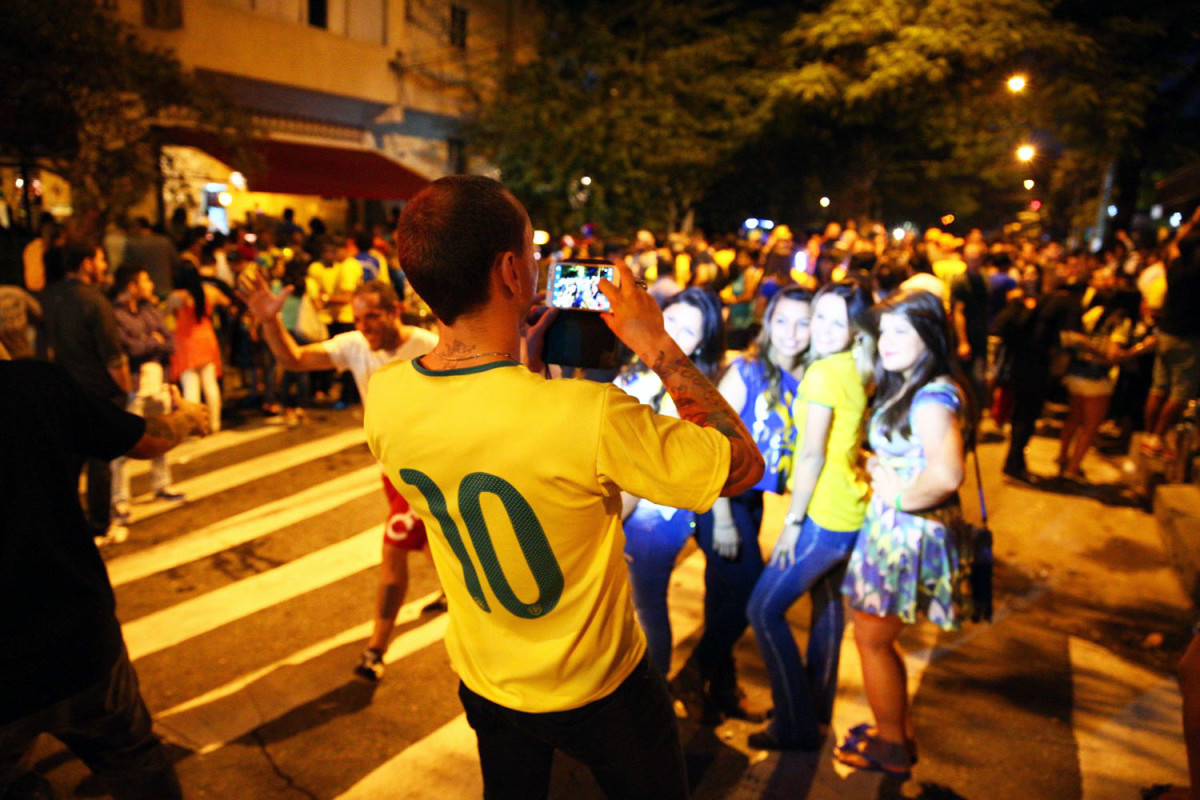
Viagem Brazil: Greg Bishop and Simon Bruty's Travel Guide to the Other Side of the World Cup. (Photos by Simon Bruty/SI)
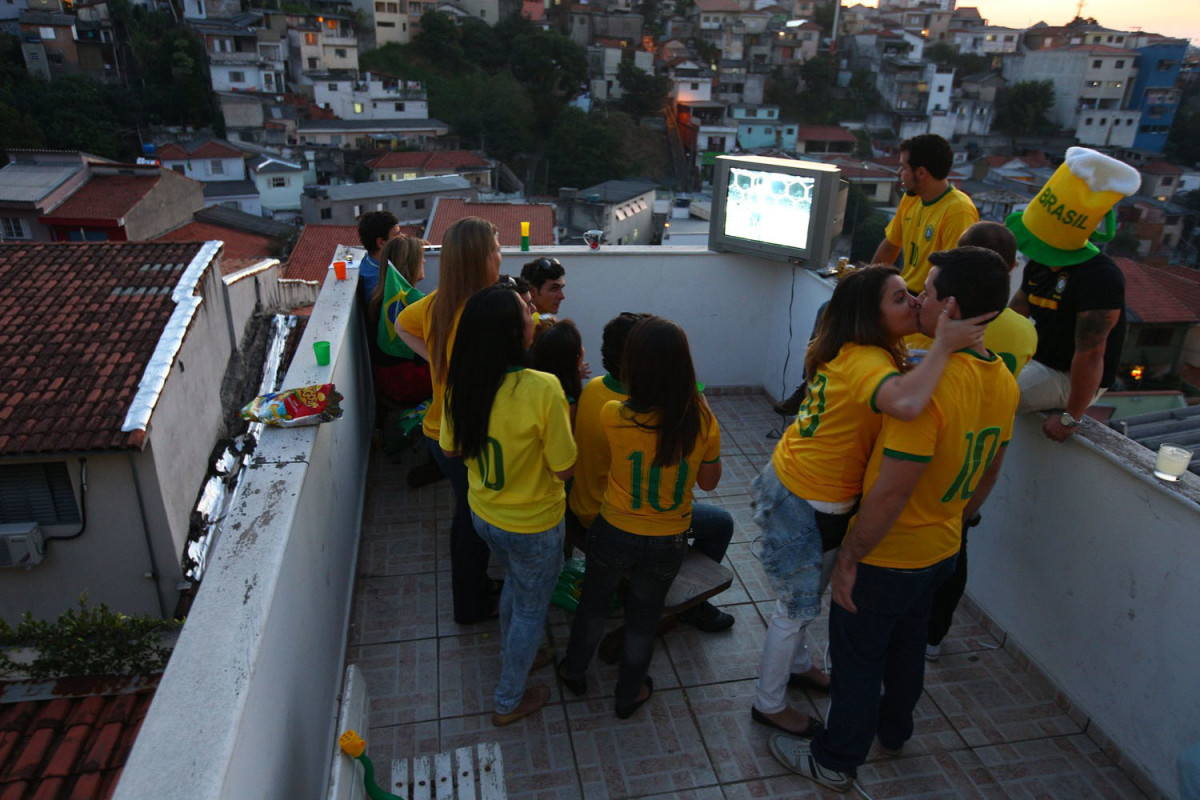
Viagem Brazil: Greg Bishop and Simon Bruty's Travel Guide to the Other Side of the World Cup. (Photos by Simon Bruty/SI)
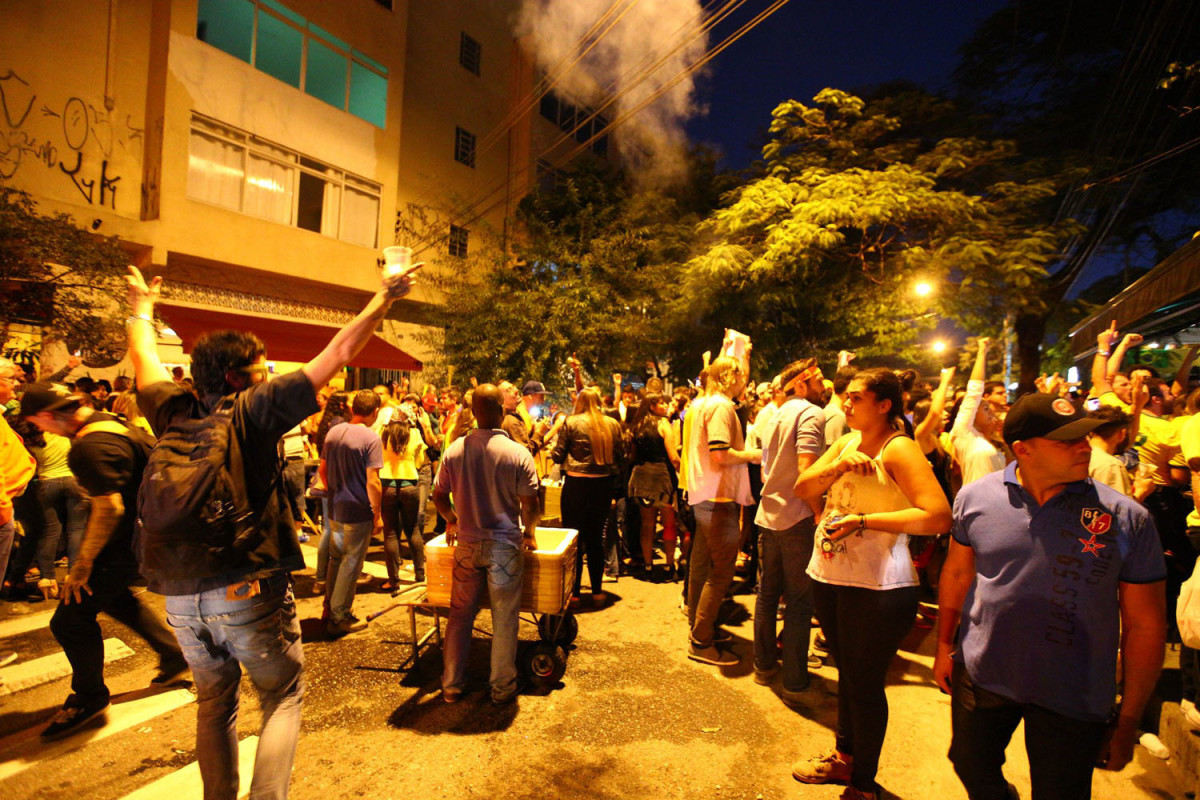
Viagem Brazil: Greg Bishop and Simon Bruty's Travel Guide to the Other Side of the World Cup. (Photos by Simon Bruty/SI)
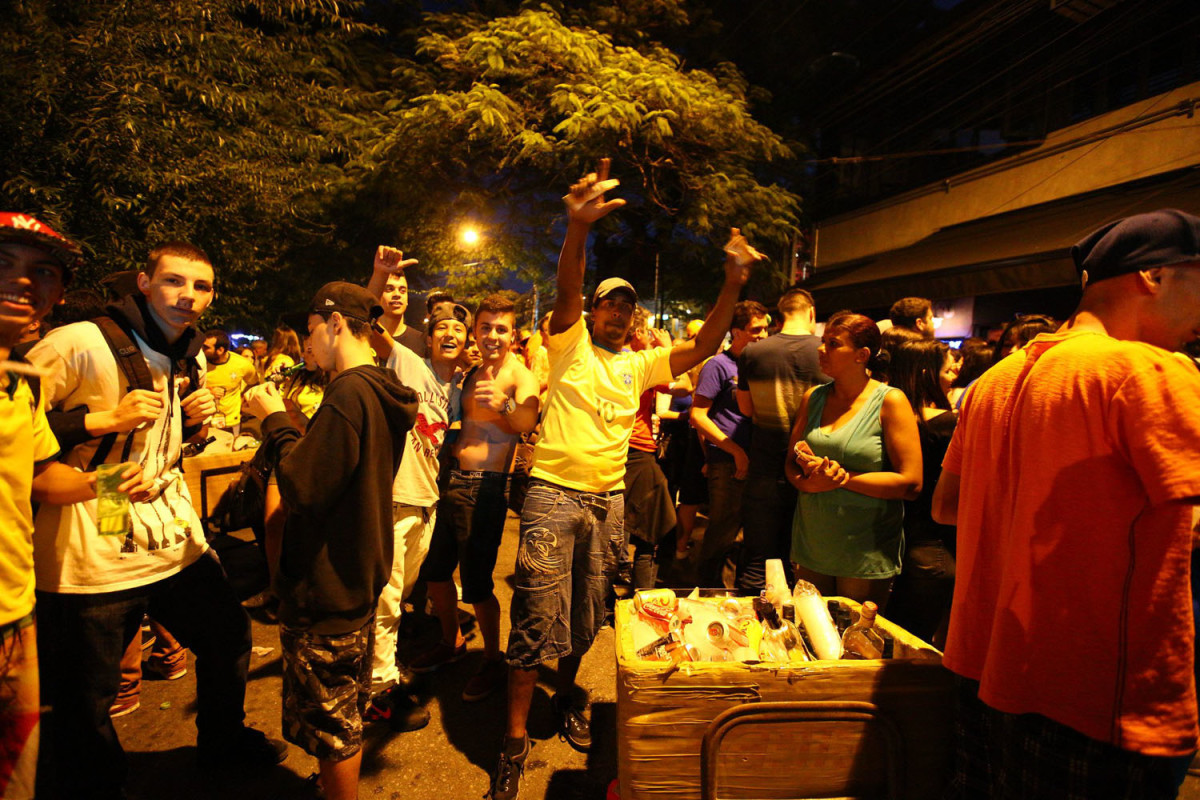
Viagem Brazil: Greg Bishop and Simon Bruty's Travel Guide to the Other Side of the World Cup. (Photos by Simon Bruty/SI)
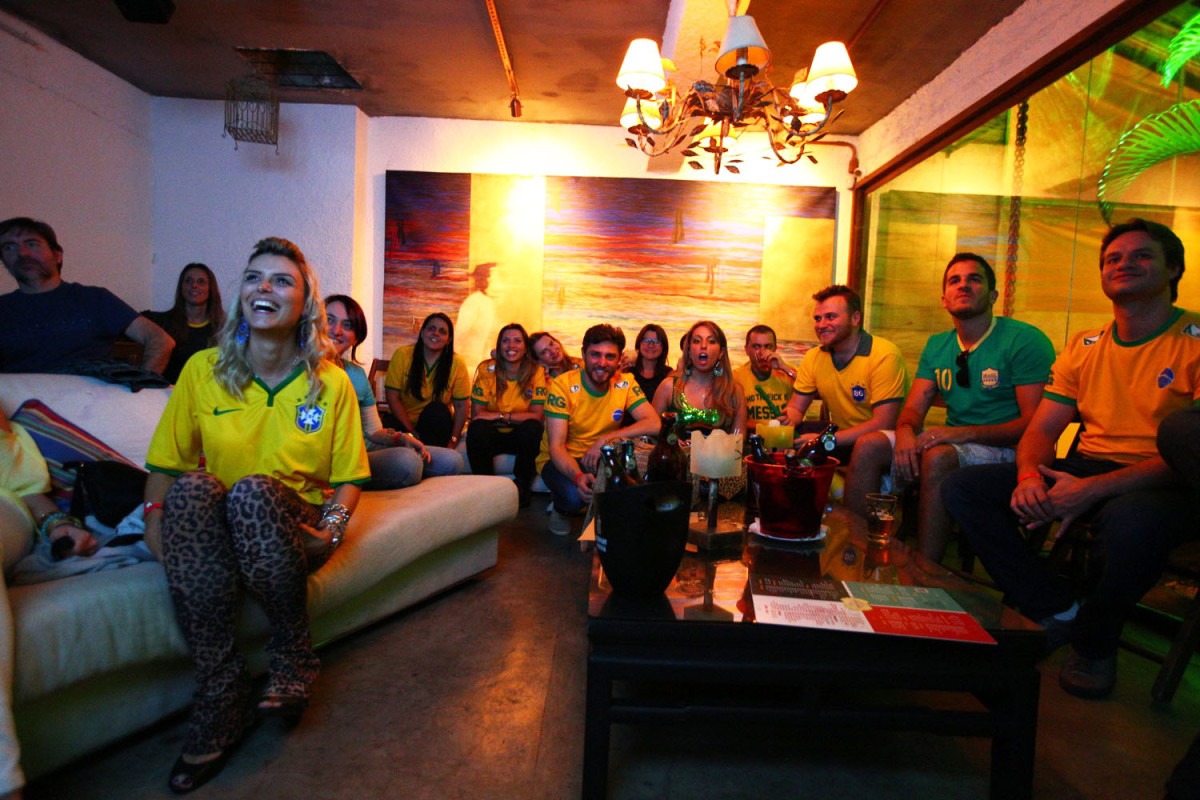
Viagem Brazil: Greg Bishop and Simon Bruty's Travel Guide to the Other Side of the World Cup. (Photos by Simon Bruty/SI)
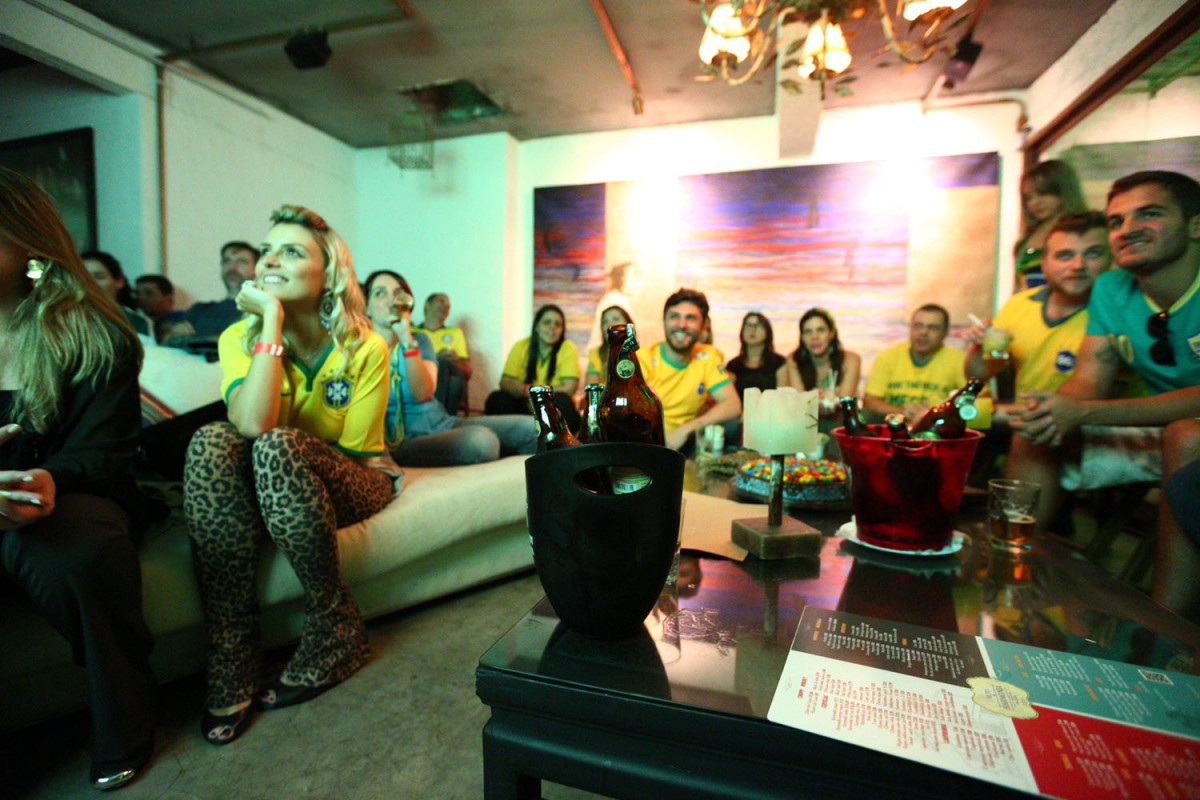
Viagem Brazil: Greg Bishop and Simon Bruty's Travel Guide to the Other Side of the World Cup. (Photos by Simon Bruty/SI)
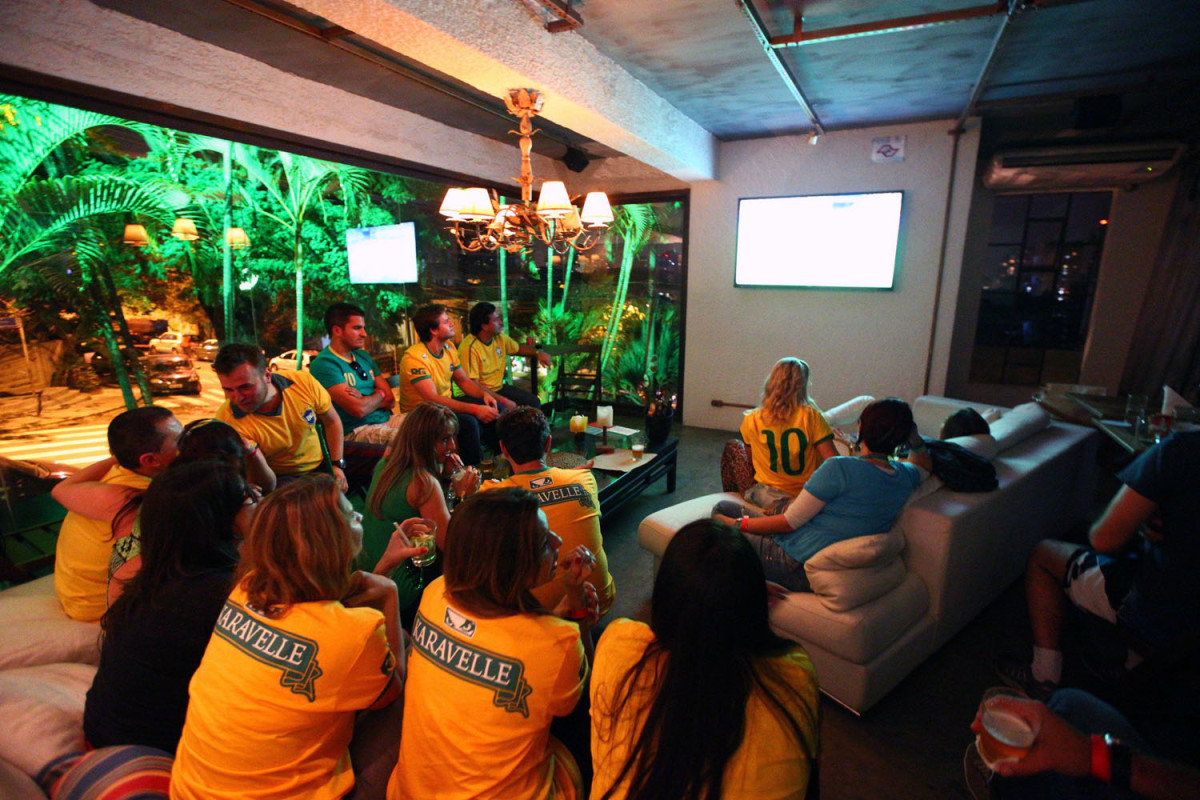
Viagem Brazil: Greg Bishop and Simon Bruty's Travel Guide to the Other Side of the World Cup. (Photos by Simon Bruty/SI)

Viagem Brazil: Greg Bishop and Simon Bruty's Travel Guide to the Other Side of the World Cup. (Photos by Simon Bruty/SI)

Viagem Brazil: Greg Bishop and Simon Bruty's Travel Guide to the Other Side of the World Cup. (Photos by Simon Bruty/SI)
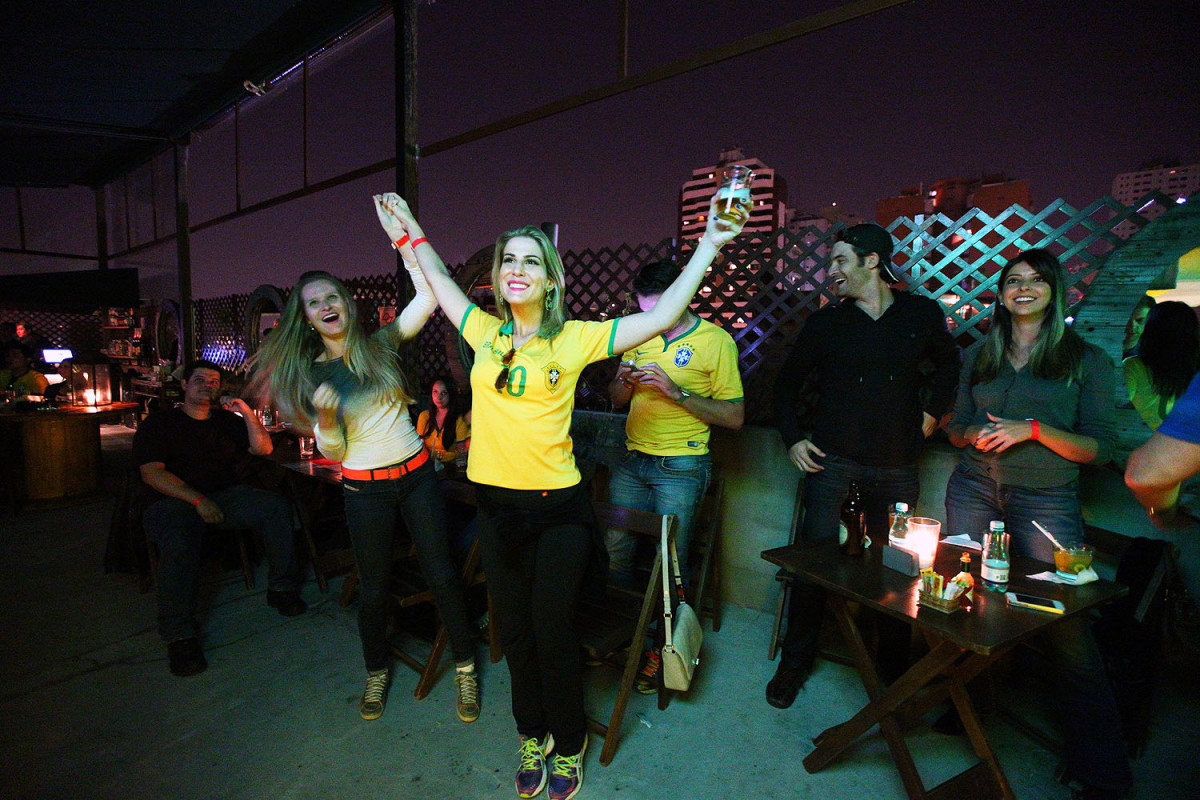
Viagem Brazil: Greg Bishop and Simon Bruty's Travel Guide to the Other Side of the World Cup. (Photos by Simon Bruty/SI)

Viagem Brazil: Greg Bishop and Simon Bruty's Travel Guide to the Other Side of the World Cup. (Photos by Simon Bruty/SI)
